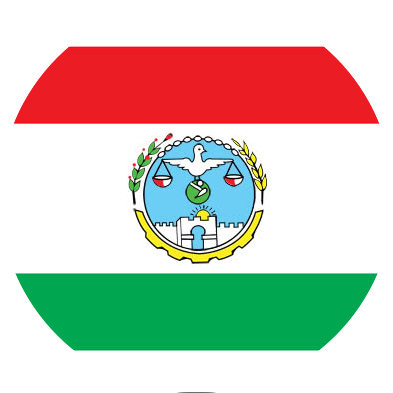 Municipal Government of Harar, Ethiopia
Municipal Government of Harar, Ethiopia

Municipal Government of Harar, Ethiopia
Overview
Sector |
Capacity Building, Development Cooperation |
Country |
Ethiopia |
SDG |
01 - No Poverty, 02 - Zero Hunger, 03 - Good Health and Well-being, 04 - Quality Education, 05 - Gender Equality, 06 - Clean Water and Sanitation, 07 - Affordable and Clean Energy, 08 - Decent Work and Economic Growth, 09 - Industry, Innovation and Infrastructure, 10 - Reduced Inequalities, 11 - Sustainable Cities and Communities, 12 - Responsible Consumption and Production, 13 - Climate Action, 14 - Life Below Water, 15 - Life on Land, 16 - Peace and Justice Strong Institutions, 17 - Partnerships for the Goals |
Organization Type |
Government |
Description
Similar Organizations
| Name | Sector | Country | |
|---|---|---|---|
Ministry of Foreign Affairs and Worship of Argentina |
Development Cooperation | Argentina | View Details |
Save the Children International, Ethiopia |
Child Development, Climate Change, Development Cooperation, Disaster Risk Reduction, Education, Gender Equality and Empowerment of Women, Health, Humanitarian Emergencies, Infrastructure, Migration, Peace and Development, Procurement, Reproductive Health, Sustainability and Environment, Water | Ethiopia | View Details |
Colombian Presidential Agency of International Cooperation (APC-Colombia) |
Development Cooperation | Colombia | View Details |
Permanent Mission of Niger to the United Nations |
Development Cooperation | United States of America | View Details |
Chilean Agency for International Cooperation for Development (AGCID) |
Development Cooperation | Chile | View Details |